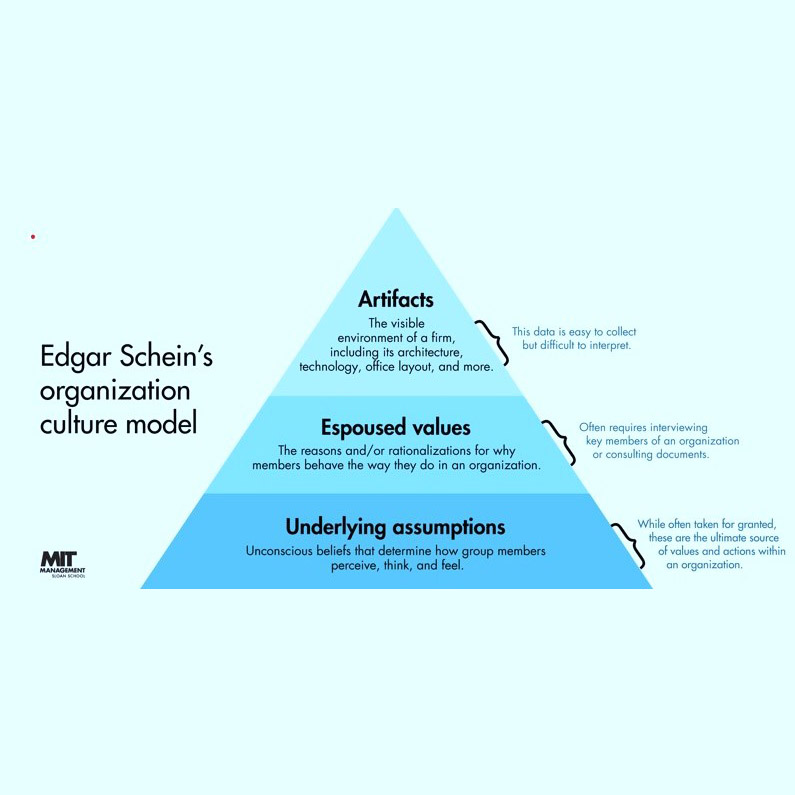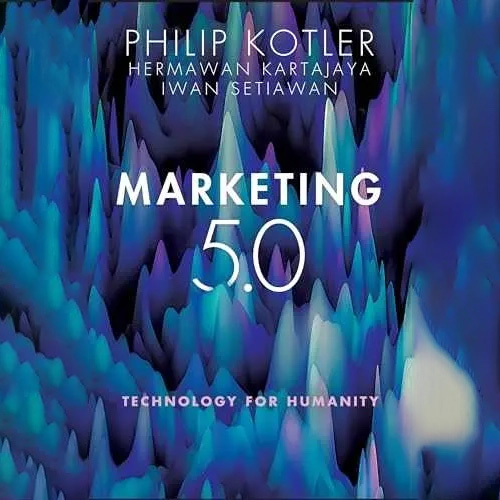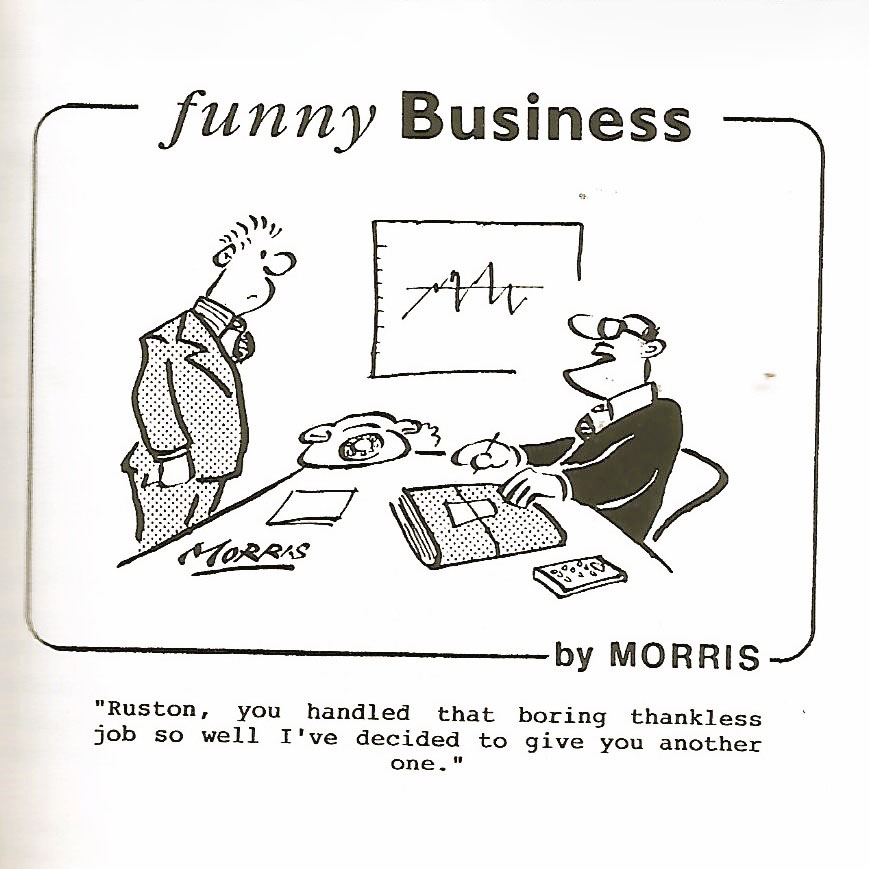A style inventory to help you achieve sales leadership excellence in 4 stages
Samrudh straightened his tie, polished his glasses before putting them back on and sipped on the water glass. “How am I doing? And what is that document you said you will share?”
His sales coach smiled. “Easy, easy does it, Samrudh. I know how eager you are to start clicking in your new sales manager role. And going by what you tell me, you’ve done all the right things to get started. But there’s more to come”
“What have I done right?”
“Tracking your market and team’s catchments real time is a good beginning. You wait for end of quarter or end of month, all you have is dead data. There’s no longer a trend to follow and leverage. But that’s isn’t enough. You should also understand your people a lot more in depth. After all they are the ones who will bring the numbers for you”
“What about those best practices for sales management excellence you promised to share?”
“Patience, young man. Allow me to get there. The ascent to excellence in sales management is a 4-stage journey. You could think of it like the Shaolin Chambers. Promise me that you will master the practices in each stage before you move on to the next. That you will never rest till your good is better, and your better is best, and then becomes awesome”
With that the sales coach handed Samrudh an envelope. Opening it, Samrudh found a document that read ….

4 stages in the journey to awesome sales leadership
Cold, unforgiving numbers. That’s how success is measured for sales teams. You are as good a sales manager as the quota percentage your team has done. So how well you assign individual targets and how many of them are achieved could spell the difference between leading a pack of quota crushing champs and herding a bunch of also-rans
Mercuri offers a powerful concept called the RAC Framework™ (Results-Activity-Competence) Model that can be very useful in transforming sales teams. That involves a 4-stage journey to excellence in sales leadership
Style Inventory
You can use the style-inventory below to figure out which stage you are currently in and what you can do to get better and achieve even more
Stage 1
You operating style is ….
- You regularly read market information in real time to quickly spot emerging trends
- You use this reading to decide on your team’s targets under:
- Product mix
- Customer mix
- Customer base
This means that:
You are proactive … but need to learn more about your people
What is good about it ….
- You are ahead of the curve in trend spotting as you are acting before market changes become ‘data’ (dead information)
- You are proactive as you no longer reactively accept whatever happens with results
What can get better
- Remember your results will come through your salespeople
- Have you factored the individual variations in attitudes, skills and knowledge and how it could impact your results? Variations such as:
- Experienced but set-in-their ways
- New, lacking experience but enthusiastic
- Slow but hard working and consistent
- Perceived ‘problem children’
Stage 2
You operating style is ….
- You analyse every team member's previous year results
- Make an effort to understand the markets in which they operate
- Keep in mind their individual strengths and allowable weaknesses
- Ensure their new sales quotas factor all of the above
This means that:
You know your people… but must know more about the quantity of their efforts
What is good about it ….
- This is a clearly thought-out approach to setting sales targets
- The sales manager can hope that the numbers will be reached
What can get better
- It would be great if your approach recognizes the effort or activity required to achieve the assigned sales quotas
- We shouldn't forget that results are only an effect of the efforts or activities put in
Stage 3
You operating style is ….
- You look at number of visits Salespersons make
- Analyse quality and impact of these visits. For example, analysis could include
- Which Customers were visited
- How many times
- What products were discussed
- And basis this analysis suggests a possible effort and visit strategy to the salesforce. This can cover ideas on whom to visit, number of visits and products to focus on during visits
This means that:
You are clued into team’s effort quantity … but must learn about effort quality
What is good about it ….
- This ensures that the team’s efforts are focused and well-directed
What can get better
- For guaranteed success this approach calls for intelligent execution
- If team members simply carry out the manager's instructions, this approach may misfire
Stage 4
You operating style is ….
- Besides doing all of the above, you also assess the abilities of each Salesperson.
- This means you intimately understand the individual levels of
- product knowledge
- maintenance and use of Customer information
- possession and use of competitor information
- overall selling
This means that:
You have an insight into your team’s effort quantity and quality … but must ensure direction is maintained
What is good about it ….
- You can spot early on any critical gaps in your team members' skill sets and create a development plan for each
- You are now supporting the Salesperson to achieve sales results expected in an objective manner
What can get better
- The thing to do at this stage is to hang on to your success
- And it takes a whole lot of effort to keep your team on top!
For Reflection
Where do you see yourself in this style inventory? What stage are you on? What are some specific actions you will take to do even better?
To explore more about how to get better at being a supportive sales manager, access the Mercuri Insight Document on How does a Sales Manager manage by support? here
“When you hire people who are smarter than you are, you prove you are smarter than they are”
– Richard Grant –

Sales Professional’s Toolset
Sales Culture Components: Applying Edgar H Schein’s Model to Assess Sales Culture in an Organisation

Must Read
Do people matter in a world being swept by AI? How can people in sales and marketing continue to be relevant to their Customers?



